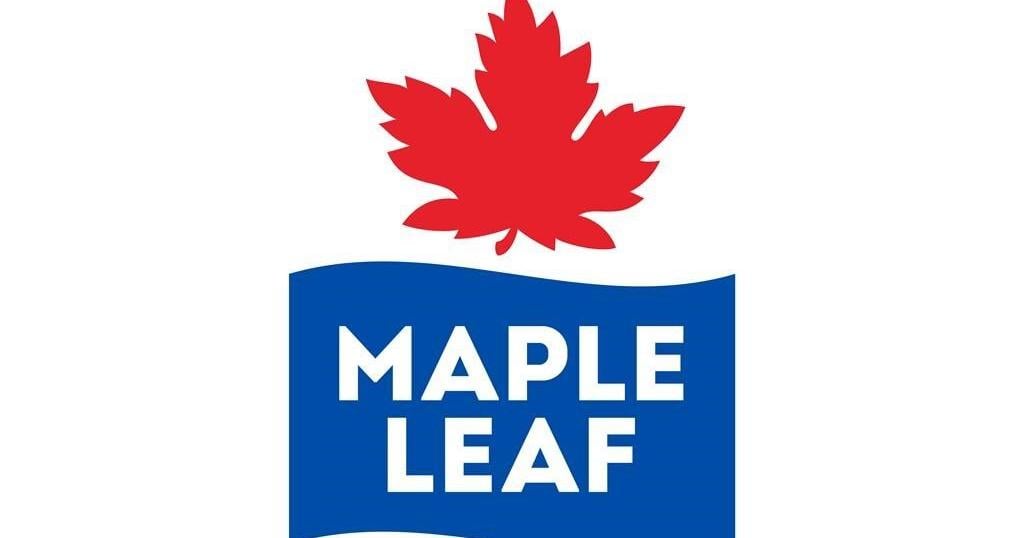TORONTO – Will Taylor Swift bring chaos or do we all need to calm down?
It’s a question many Torontonians are asking this week as the city braces for the massive fan base of one of the world’s biggest pop stars.
Hundreds of thousands of Swifties are expected to descend on downtown core for the singer’s six concerts which kick off Thursday at the Rogers Centre and run until Nov. 23.
And while their arrival will be a boon to tourism dollars, it could further clog the city’s already gridlocked streets.
Swift’s shows collide with other scheduled events at the nearby Scotiabank Arena, including a Toronto Raptors game on Friday and a Toronto Maple Leafs game on Saturday.
Some locals have already adjusted their plans to avoid the area.
Aahil Dayani says he and some friends intended to throw a birthday bash for one of their pals, until they realized it would overlap with the concerts.
“Ultimately, everybody agreed they just didn’t want to deal with that,” he said.
“Something as simple as getting together and having dinner is now thrown out the window.”
Dayani says the group rescheduled the birthday party for after Swift leaves town. In the meantime, he plans to hunker down at his Toronto residence.
“Her coming into town has kind of changed up my social life,” he added.
“We’re pretty much just not doing anything.”
Max Sinclair, chief executive and founder of A.I. technology firm Ecomtent, has suggested his employees stay away from the company’s downtown offices on concert days, since he doesn’t see the point in forcing people to endure potential traffic jams.
“It’s going to be less productive for us, and it’s going to be just a pain for everyone, so it’s easier to avoid it,” he said.
“We’re a hybrid company, so we can be flexible. It just makes sense.”
Toronto Transit Commission spokesperson Stuart Green says the public agency has been preparing for over a year to ease the pressure of so many Swifties in one confined area.
Dozens of buses and streetcars have been added to the transit routes around the stadium, while the TTC has consulted with the city on how to handle potential emergency scenarios.
“There may be some who will say we’re over-preparing, and that’s fair,” Green said.
“But we know based on what’s happened in other places, better to be over-prepared than under-prepared.”
This report by The Canadian Press was first published Nov. 13, 2024.


































